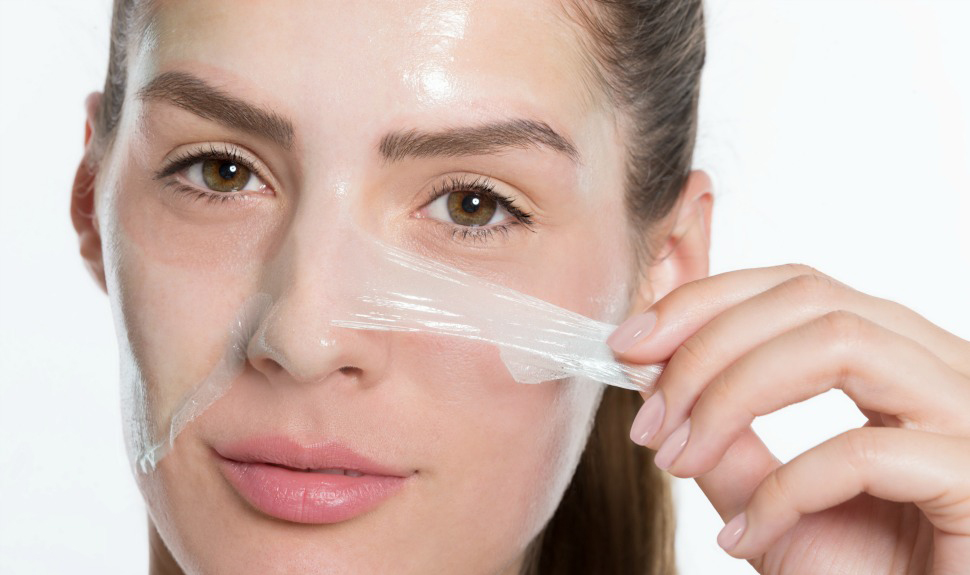CHEMICAL PEELS

What is a chemical peel?
Chemical peels, or chemexfoliation, speed up exfoliation of the skin and induce controlled skin damage by caustic agents. This controlled damage and exfoliation causes the release of compounds that cause an inflammatory reaction resulting in the thickening of the skin, collagen deposition and increase in dermal volume. All of these effects combined lead to a smoother, improved appearance of the skin.
What does a chemical peel involve?
The most common agents used for chemical peels include acids (salicyclic acid, glycolic acid, pyruvic acid) mixed with ethanol. The depth of the peel depends on how much acid is in the formulation and length of application. Before a chemical peel is begun an evaluation by a clinician must be done to determine treatment doses based on the skin defect. The appropriate agent must then be selected based on the patient’s skin type (thickness, oiliness). More oily skin requires prepping with topical retinoids and alpha-hydroxy acids. After initial evaluation, the patient must be educated about the procedure and sign an informed consent. The chemical peel process involves:
- Defatting the skin with acetone.
- Protection of delicate areas with petroleum jelly (lips, inside the nose, near the eyes).
- The correct peeling agent is applied for the appropriate amount of time.
- Peeling agent is then neutralized.
- Patient is sent home with care instructions.
What should I expect after a chemical peel?
The healing process after a peel must be rapid to avoid infections that can deepen wounds and lead to scarring. Deep peels may require antibiotics given before the procedure. After the procedure peels must be kept moist by applying petroleum-based jelly product, this prevents scab formation. Dressings may be applied if needed. About 2 days after the procedure granulation tissue appears, followed by new skin, blood vessel and collagen formation, and remodeling.
Who is a candidate for a chemical peel?
Chemical peels can be used to reduce the appearance of pigmentation disorders, acne scarring, superficial wrinkles, sunspots, dilated pores and skin growths.
References:


